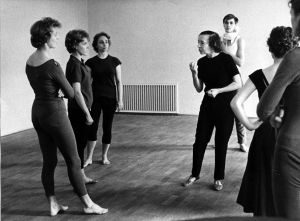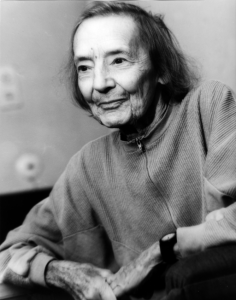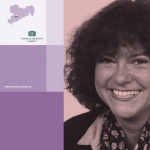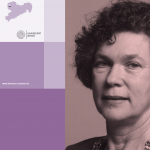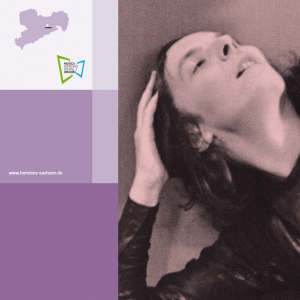
Forerunner of modern dance and a virtuoso performer
Gret Palucca
A bold dancer with an unconventional style, Gret Palucca made a name for herself all over the world in the 1920s. With the dance form she created, she herself became symbolic of the modern era. She founded her own, still highly acclaimed dance school in Dre
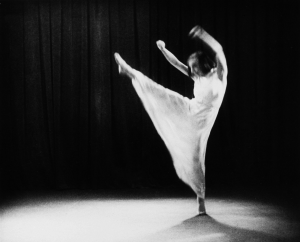
sden in 1925. Gret Palucca, born Margarete Paluka in 1902 in Munich, spent the first few years of her life in San Francisco. In 1909, she moved to Dresden with her Jewish-Hungarian mother. Margarete, who adored dance, became one of the first students of Mary Wigman and joined her troupe. Unenthusiastic about classical dance, in 1924 she began her solo career under the stage name Gret Palucca. That same year, she married Fritz Bienert, whose mother Ida Bienert was the first private collector of modern art in Germany. In the 1920s, she hosted a glamorous salon attended by innovative artists from the Dada movement and Bauhaus architects, including Walter Gropius. In this setting, Palucca herself and the dance form she had created became symbolic of the modern era. In 1925, Gret Palucca opened her own dance school in Dresden, and she was allowed to perform and teach freely until 1939. On the opening night of the 1936 Olympic Games, she took part with her own choreography alongside Leni Riefenstahl. However, as a ‘half-Jew’, in 1939 she was banned from performing at public events and her school was closed down. In July 1945, Gret Palucca reopened her ballet school, and it was nationalized four years later. Although Gret Palucca was courted by the East German government, her school was heavily regulated in line with the party’s cultural policy – for expressionist dance was undesirable and classical ballet was supposed to be taught according to the Soviet model. In 1959, Gret Palucca left East Germany and went to the island of Sylt in West Germany, from where she negotiated the terms of her return. She was promised the artistic direction of the dance school, a professorship, a car with a chauffeur, and a house on the island of Hiddensee. Gret Palucca continued to teach dance until old age, moulding Dresden’s arts scene for generations and giving the city an international flair. After her death in 1993, she was buried on Hiddensee. These days, the Palucca University of Dance is one of Europe’s leading academies for young dancers.
Fotonachweis: Archiv der Palucca Hochschule für Tanz, Paul Friedemann (1), R. Höhne (2); SLUB / Deutsche Fotothek, Christian Borchert (3); Staatliche Kunstsammlungen Dresden /Akademie der Künste Berlin, Genja Jonas (4)
Renate Lieckfeldt 1965–2013 “Higher education means passion!” declared Renate Lieckfeldt ardently at the start…
Ausstellungseröffnung #herstory – Sachsen und seine Akademikerinnen Im Tietz der Stadt…
Marketing researcher and first woman at the helm of a university Cornelia Zanger Cornelia Zanger…
Physician and first female rector Beate A. Schücking After a long career in…



